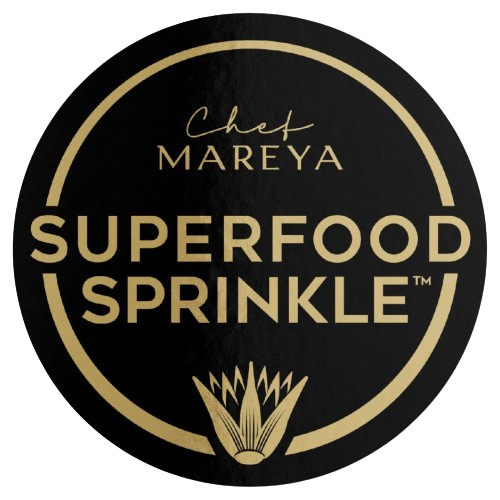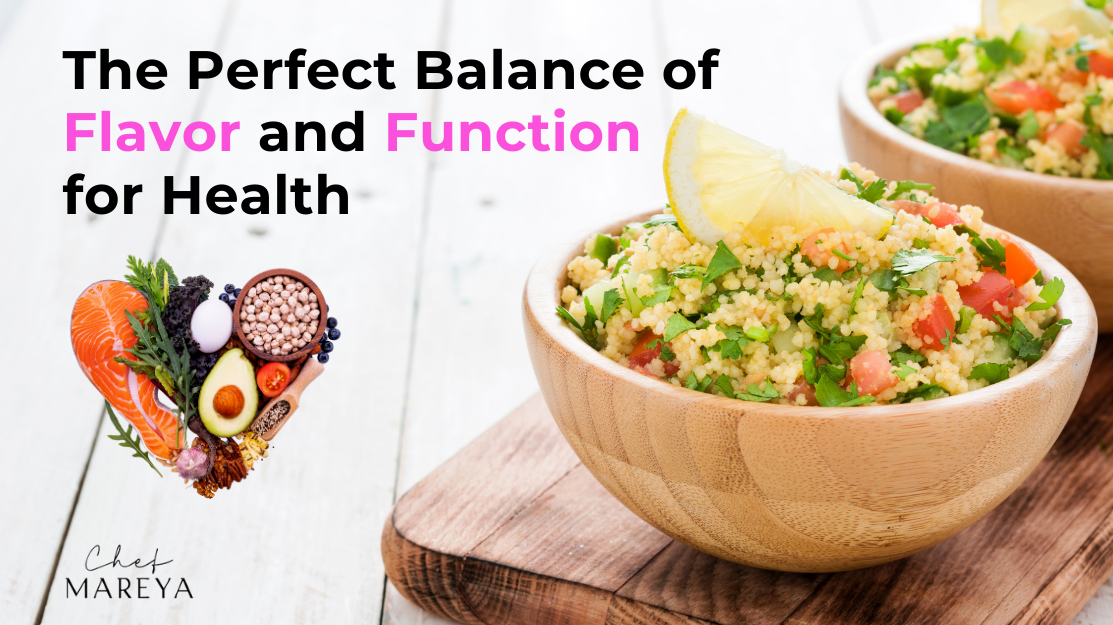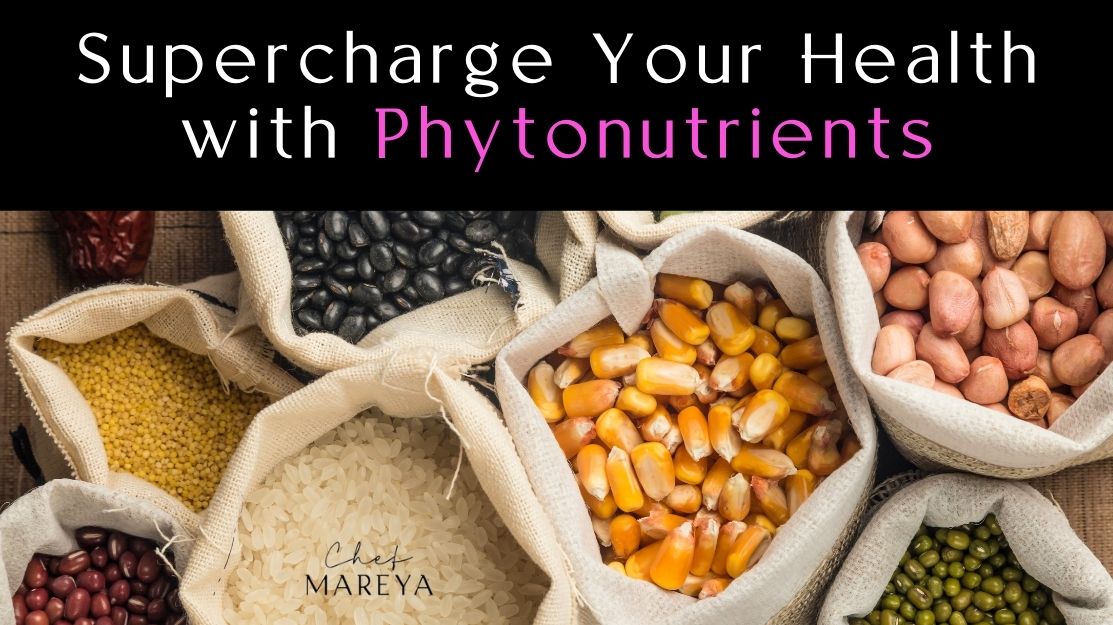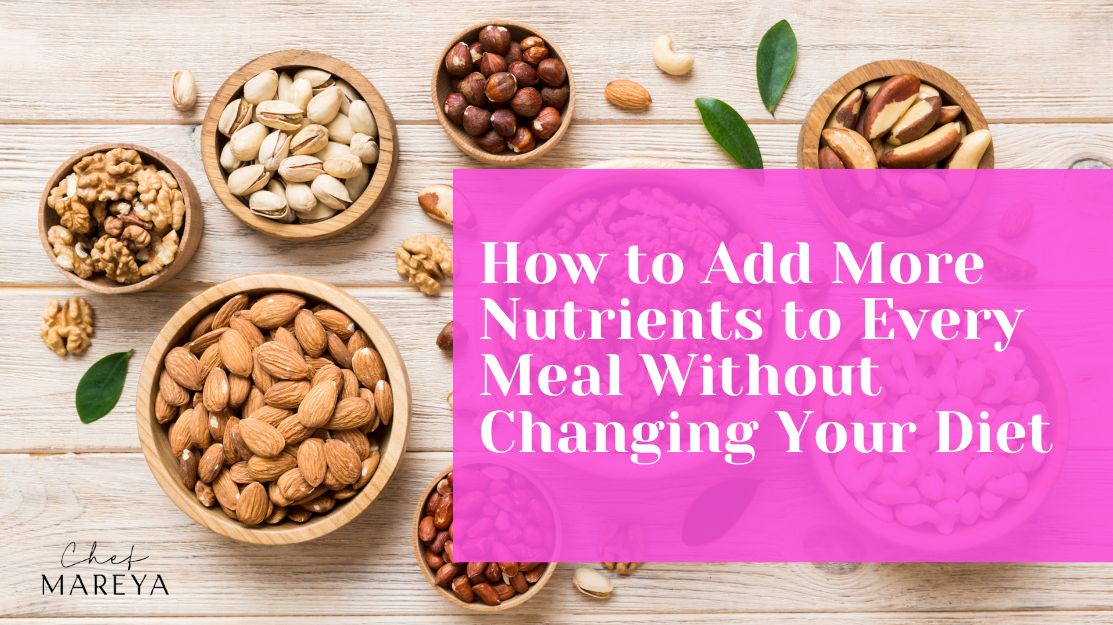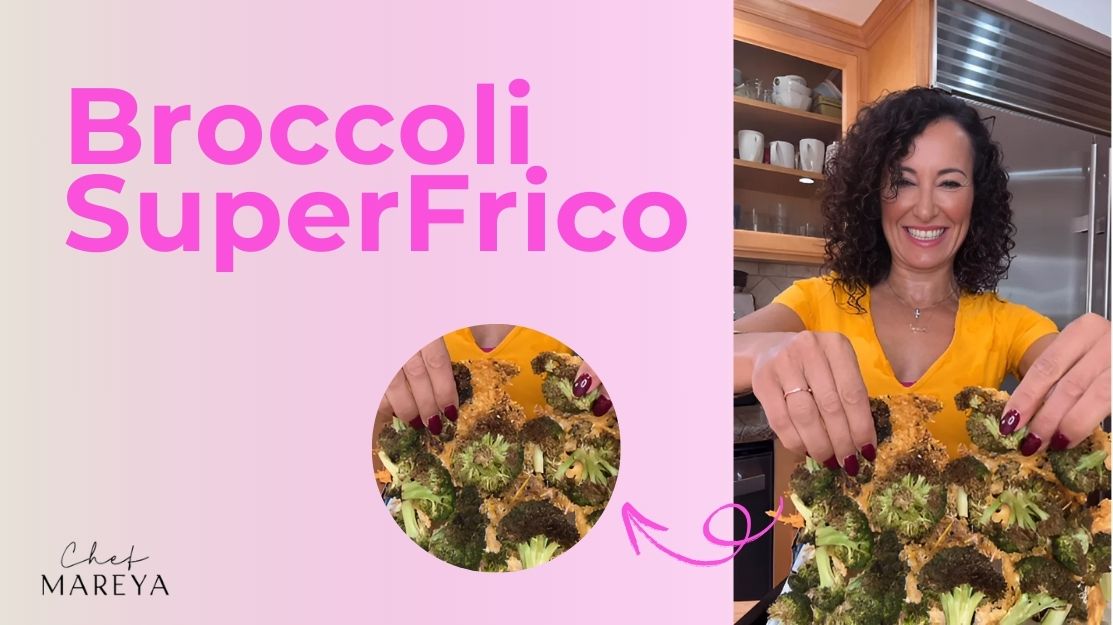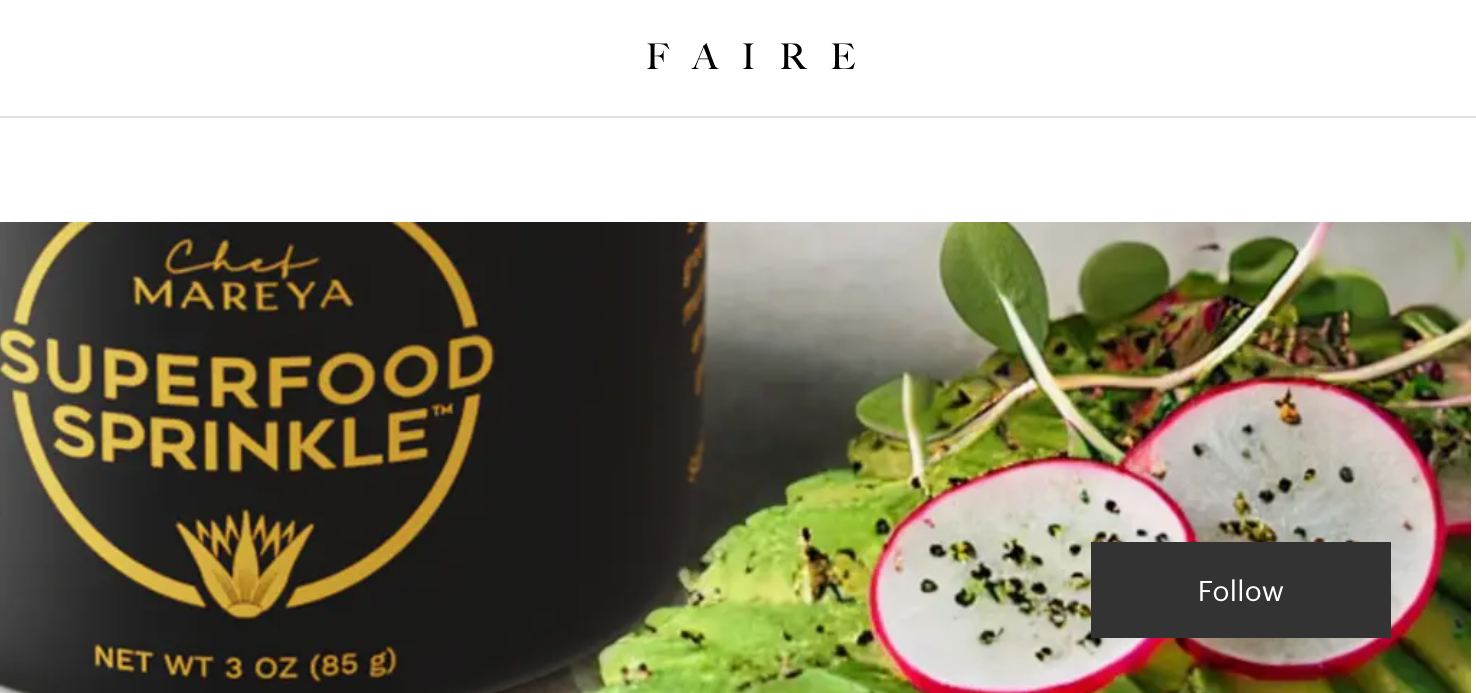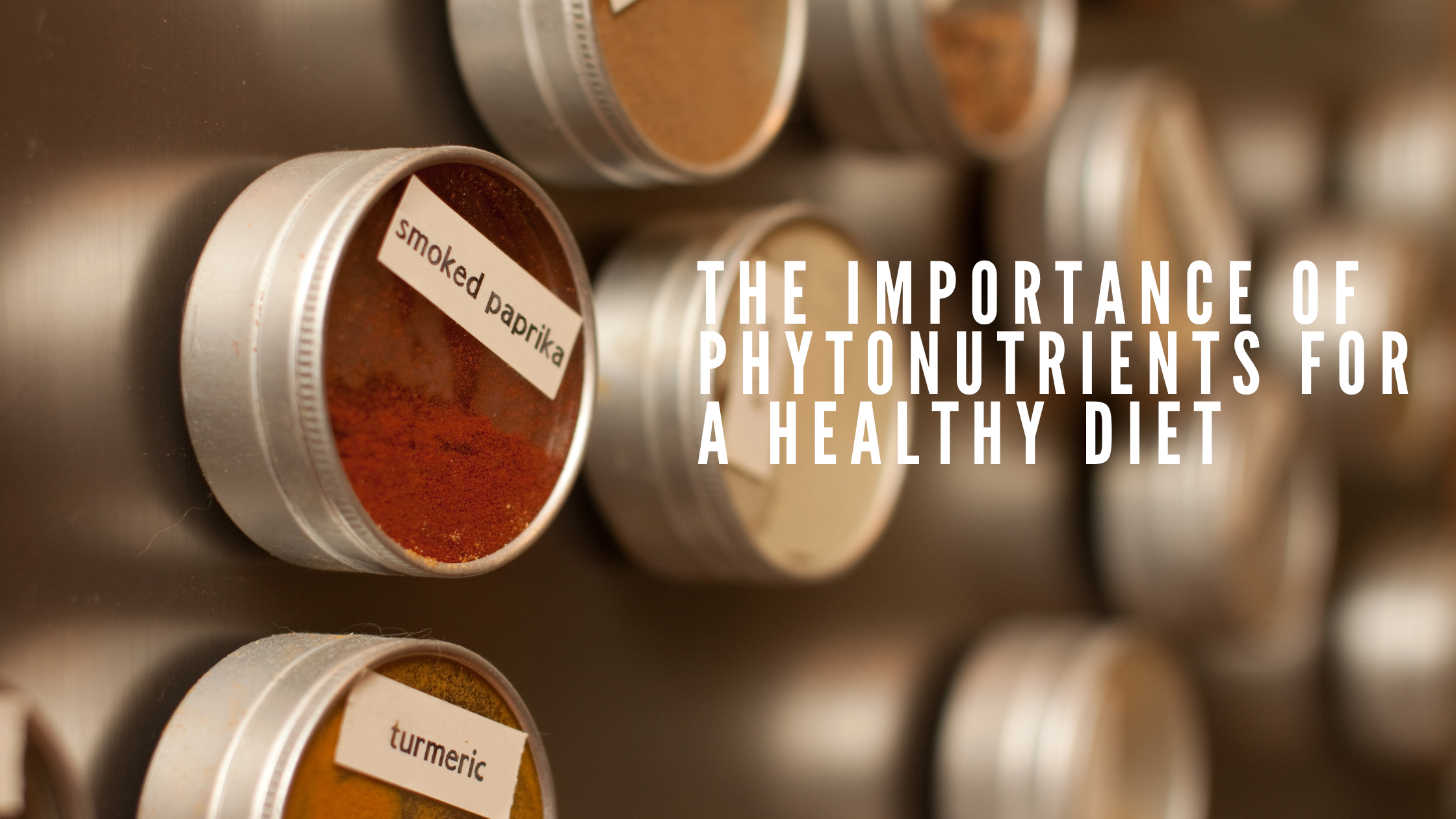
Cracking the Code: How to Read Food Labels for Smarter, Healthier Choices
Posted by Mareya Ibrahim on
In today’s market, grocery store shelves are inundated with products labeled as "organic," "natural," and "low-fat." However, these terms can often be misleading, making it essential for consumers to understand how to properly interpret food labels. Gaining proficiency in reading nutritional information enables individuals to make informed dietary choices that align with their health goals. This article provides a comprehensive guide to deciphering food labels effectively.
1. Assessing the Serving Size
One of the most critical yet frequently overlooked aspects of food labeling is the serving size. Nutritional values, including calorie, fat, and sugar content, are based on a specific portion size, which may be smaller than what an individual typically consumes. To obtain an accurate understanding of nutritional intake, it is imperative to review both the serving size and the number of servings per container listed on the packaging.
2. Evaluating the Ingredients List
The ingredients list provides valuable insight into the quality and composition of a product. Consider the following principles when reviewing this section:
-
Minimal processing is preferable. Products with shorter ingredient lists, particularly those containing recognizable whole foods, are generally healthier choices.
-
Whole foods as primary ingredients. The presence of whole grains, nuts, seeds, and natural sources of protein and fiber indicates a higher nutritional value.
-
Avoidance of artificial additives. Artificial flavors, colors, and preservatives should be minimized to reduce exposure to synthetic compounds.
-
Identification of hidden sugars. Sugar can appear under various names, including sucrose, high-fructose corn syrup, agave nectar, and evaporated cane juice. Monitoring for these alternative names helps manage sugar intake effectively.
3. Analyzing Macronutrient Composition: Fats, Proteins, and Carbohydrates
-
Fats: Unsaturated fats, such as those found in olive oil, nuts, and seeds, are beneficial for heart health, while trans fats should be strictly avoided. Saturated fats should be consumed in moderation.
-
Proteins: High-quality protein sources, including lean meats, legumes, and plant-based alternatives, contribute to muscle maintenance and overall satiety.
-
Carbohydrates: Complex carbohydrates from whole grains, vegetables, and fiber-rich foods should be prioritized over refined carbohydrates, which can cause rapid blood sugar fluctuations.
4. Monitoring Sugar and Sodium Levels
-
Sugar: The American Heart Association recommends limiting added sugar intake to no more than 25 grams (6 teaspoons) per day for women and 36 grams (9 teaspoons) per day for men. The "Added Sugars" section on food labels provides crucial information in this regard.
-
Sodium: Excessive sodium consumption has been linked to hypertension and cardiovascular issues. A low-sodium product typically contains less than 140 mg per serving, making it a preferable choice for maintaining heart health.
5. Prioritizing Nutrient Density
Selecting foods that provide a high concentration of essential vitamins and minerals is key to a balanced diet. Ingredients rich in fiber, calcium, iron, and vitamin D contribute to overall well-being and should be prioritized when evaluating food options.
6. Interpreting Common Health Claims
Food packaging often features claims designed to attract consumers. Understanding these terms is essential to making well-informed decisions:
-
"Natural" – This term is not strictly regulated and does not necessarily indicate that the product is free from artificial ingredients or preservatives.
-
"Organic" – A "100% organic" label indicates that all ingredients are organic, whereas "organic" implies that at least 95% of ingredients meet organic standards.
-
"Low-fat" or "fat-free" – These products may contain added sugars or artificial ingredients to compensate for flavor.
-
"High in protein" – Checking the source of protein is essential, as some products rely on processed isolates rather than whole food sources.
7. Making Informed Food Choices
One practical approach to improving dietary habits is selecting products with nutrient-dense ingredients. For instance, instead of consuming highly processed snack foods, opting for a blend of superfoods such as chia seeds, flaxseeds, or a Superfood Sprinkle mix can naturally enhance nutritional intake while supporting overall health.
Conclusion
Developing the ability to interpret food labels accurately empowers individuals to make healthier dietary choices and avoid misleading marketing tactics. By prioritizing whole, minimally processed ingredients, maintaining a balanced intake of macronutrients, and being mindful of added sugars and sodium levels, consumers can take a proactive approach to optimizing their nutrition. The next time you visit the grocery store, take a moment to scrutinize the labels—you may be surprised by what you discover.
